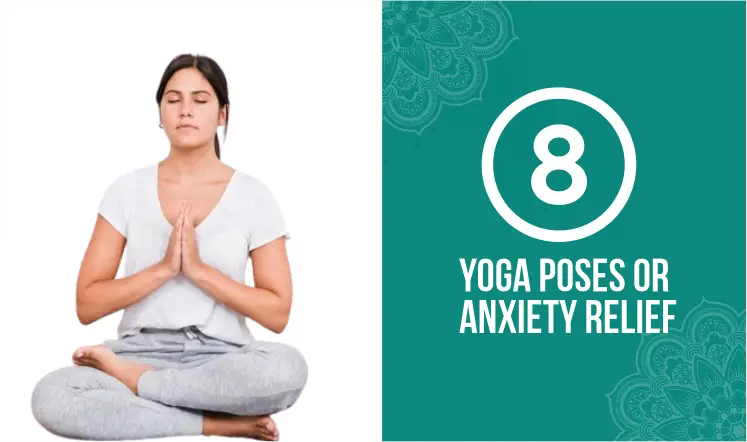About: Child’s Pose is a grounding posture that allows you to retreat and find comfort. Using a rolled blanket enhances the sense of security, offering a gentle start to your practice.
Advantages:
- Encourages a sense of safety and surrender.
- Releases tension in the hips and lower back.
- Initiates a calm and introspective state.
How to Perform:
1. Start on your knees with toes together and knees apart.
2. Place a rolled blanket in the crease where thighs meet the pelvis.
3. Inhale and, as you exhale, fold forward, extending your arms or placing a block under your forehead.
4. Stay for 10 slow breaths, allowing your body to relax.
About: Cat/Cow is a dynamic sequence that combines movement with breath, promoting flexibility and mindfulness. The pause in the neutral spine encourages presence and introspection.
Advantages:
- Enhances spinal flexibility.
- Improves breath awareness.
- Creates a familiar and supportive rhythm.
How to Perform:
1. From Child’s Pose, move to a tabletop position.
2. Inhale, arch your back into Cow Pose.
3. Exhale, round your back into Cat Pose.
4. Pause in a neutral spine between rounds for a full breath cycle.
5. Repeat for five cycles.
About: This variation of Low Lunge helps release unconscious tension, bringing awareness to the present moment. The block serves as a guide for centering the body.
Advantages:
- Opens the hip flexors.
- Strengthens and stabilizes the legs.
- Encourages integration into the present moment.
How to Perform:
1. From tabletop, step your right foot forward into a lunge.
2. Use a block to lift your torso upright, holding it in front.
3. Draw the front ribs back, widening the collarbones.
4. Hold for five breaths, then switch sides.
About:Plank Pose is a full-body strengthening posture that teaches composure in challenging situations. It emphasizes the connection between the front and back of the body.
Advantages:
- Strengthens the core, shoulders, and arms.
- Builds mental and physical endurance.
- Encourages a sense of stability and support.
How to Perform:
1. From tabletop, step your feet back, straightening your legs into Plank.
2. Press palms into the floor, lift the front body into the back body, and lengthen the spine.
3. Hold for 5-10 breaths, modifying by placing knees down if needed.
About:Warrior 2 encourages opening up from the inside out. This variation, with a self-hug, symbolizes both comfort and inner strength, promoting courage.
Advantages:
- Strengthens the legs and arms.
- Enhances focus and concentration.
- Expands the chest and shoulders.
How to Perform:
1. From Plank, step your right foot forward into Warrior 2.
2. Hug yourself, crossing your arms in front.
3. Hold for five breaths, expanding on each inhale.
Repeat on the other side.
About:Backbends like Camel Pose instill faith in the unknown and build resilience. This pose teaches equilibrium and trust in your ability to rise again.
Advantages:
- Opens the chest and heart.
- Strengthens the back and shoulders.
- Cultivates courage and self-love.
How to Perform:
1. From Warrior 2, come to your knees.
2. Place hands on the sacrum, fingers pointing down.
3. Inhale, lengthen the spine, and arch back.
Hold for five breaths, then return to a seated position.
About: Bound Angle Pose B centers on heart-centered courage, allowing you to gaze inward upon the symbolic cave of your heart.
Advantages:
- Opens the hips and groin.
- Releases tension in the spine and upper back.
- Encourages courage and self-reflection.
How to Perform:
1. Sit with legs in front, bend knees, and touch soles together.
2. Hold feet, round your spine, and exhale towards your feet.
3. Hold for 10 breaths, breathing into the upper spine.
About: Savasana concludes the sequence, providing a moment of stillness. The weighted blanket enhances grounding and allows for reflection.
Advantages:
- Promotes relaxation and calmness.
- Integrates the benefits of the entire sequence.
- Enhances awareness and presence.
How to Perform:
1. Lie down, placing a folded weighted blanket over your chest.
2. Close your eyes, soften your gaze, and rest for at least three minutes.
3. Feel the support and embrace the stillness.


